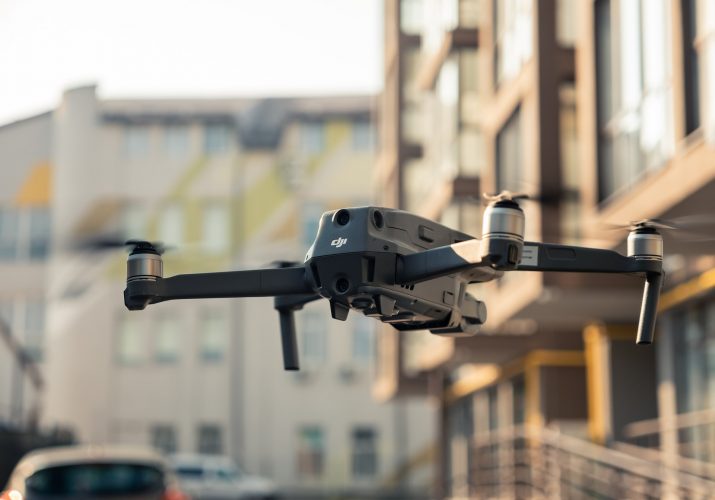This June has seen the launch of the European LABYRINTH project. The aim of LABYRINTH is to build on the high optimisation potential for the management and supervision processes of unmanned aerial systems (UAS or drones) to optimise drone traffic, and thus enhance and encourage its use in high-density areas. The LABYRINTH research team will produce a centralised planning system capable of communicating with all drones active in a given airspace volume, and by identifying their directional layout to avoid collisions by calculating alternative routes where necessary. LABYRINTH will base its technology on the U-Space framework and progress the work already done within the SESAR strategy,
This ambitious project has received funding from the European Union’s Horizon 2020 research and innovation programme under grant agreement No 861696. It will be undertaken over 36 months by 13 European entities at the forefront of the transport, aviation, research, emergency, and ancillary services sectors.
LABYRINTH is focused on offering its services to public or private entities responsible for managing land, sea, and air transport infrastructures, as well as emergency and rescue operations. LABYRINTH will enable a wide range of drone operations for each of the above fields:
- Air transport: identifying birds that may interfere with air traffic, verifying airport infrastructures, preventing unauthorised personnel or drones from accessing sensitive areas of an airport, etc.
- Land transport: speed control, number-plate recognition, traffic supervision, management in case of accidents, alleviation of traffic congestion, etc.
- Maritime transport: port traffic monitoring, facility supervision, monitoring dredging operations to ensure operational areas of navigation, etc.
- Emergencies: surveillance and study of an area to identify escape routes and medical assistance points, provision of important warnings in real time, etc.
LABYRINTH will be undertaken by 13 European entities from Spain, Germany, Austria, Italy, and Belgium. These entities are experts in the different sectors involved in the project: transport, aviation, research, emergency, and ancillary services.
The entities are: UC3M – University Carlos III of Madrid, Expace on Board Systems, DLR – The German Aerospace Centre, DGT – Directorate General for Traffic, TID – Telefonica Research and Development, INTA – International Institute for Aerospace Technology, Eurocontrol – Organization for the Safety of Navigation, DIN – German Institute for Standardization, The Authority of the Port System of the Eastern Ligure Sea, AIT – Austrian Institute of Technology, PONS Road Safety, Madrid City Council – SAMUR Civil Protection, PKF Attest innCome




